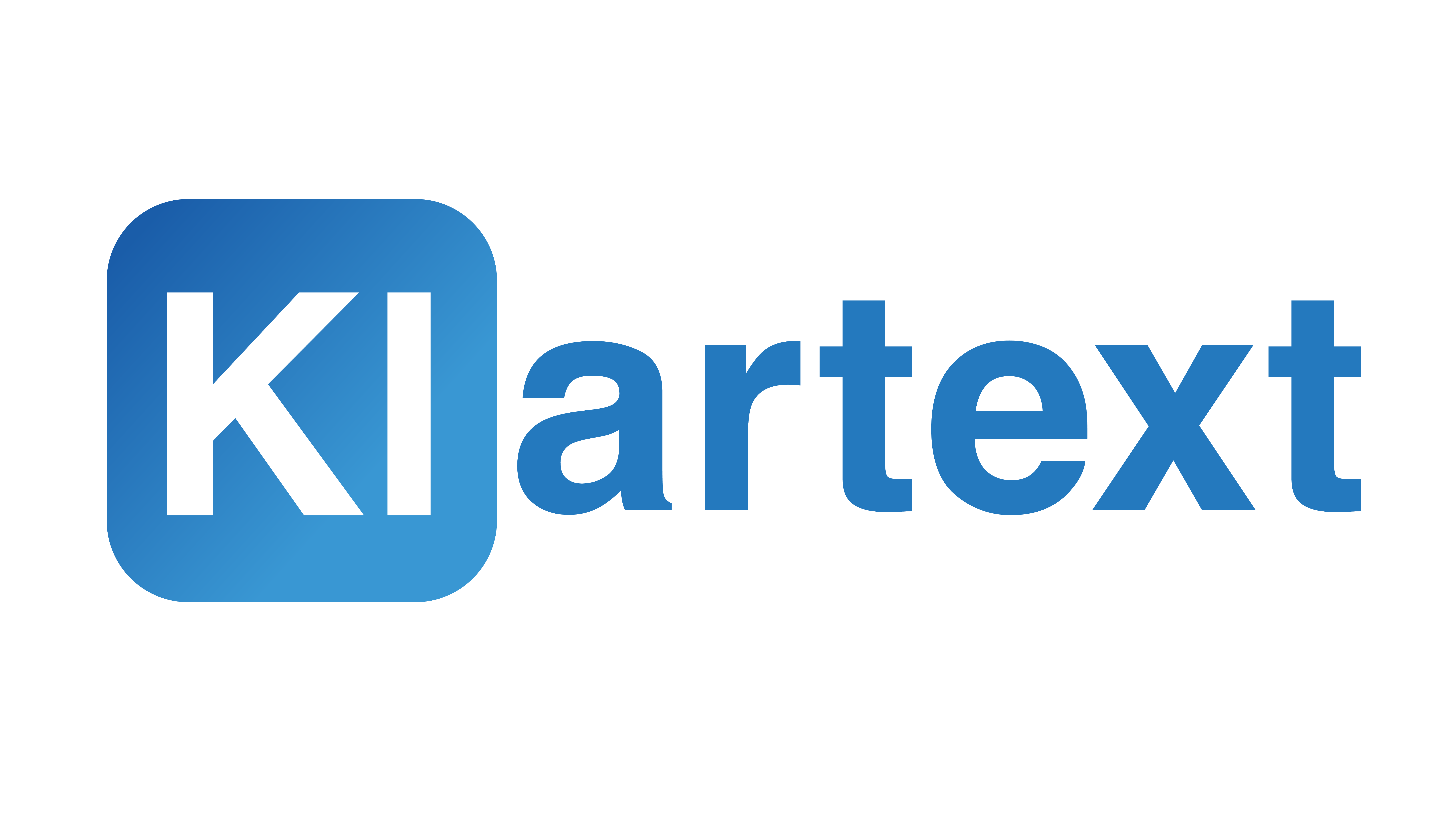Agile AI Development: Small Cycles, Big Impact
How iterative development and fast feedback lead to better AI systems.
Agile methodologies and AI development are a perfect match. Instead of working for months on a perfect model, we rely on small development cycles, continuous feedback, and measurable results. This creates systems that are not only technically excellent but actually solve our clients' problems.
"We need 6 more months, then the perfect model will be ready."
Wrong answer.
In those 6 months, the business has changed, requirements have shifted, and the chance for quick impact is missed.
Agile AI Development means: Better to have a system with 80% accuracy in production today than one with 85% in development tomorrow.
The Waterfall Problem
Traditional AI development often follows a waterfall model:
- Gather requirements (3 months)
- Prepare data (2 months)
- Train model (4 months)
- Integrate system (3 months)
- Deployment (2 months)
14 months later: A system based on requirements from over a year ago.
The problem: By the time the system is ready, business, data, and requirements have long since changed.
Agile Isn't Just for Software
Agile methods were invented for software development. But they fit perfectly with AI projects – perhaps even better.
Why? Because AI is fundamentally iterative:
- We can't guarantee quality in advance
- We learn through experiments, not specifications
- Feedback from real deployment is gold
- Requirements change when people use the system
Agile AI means:
Sprint 1-2: MVP with real data, even if only 70% accuracy
Sprint 3-4: Gather feedback, improve system
Sprint 5+: Iteratively optimize based on real usage data
Small Cycles, Measurable Progress
At Klartext AI, we work in 2-week sprints:
Week 1-2:
- Define clear, measurable sprint goals
- Implement features
- Test with real data
- Deploy to staging
Review & Retrospective:
- What did we learn?
- What works well?
- What needs improvement?
Next sprint: Based on feedback and measurements
The result: Continuous, measurable progress instead of months of development in the dark.
Early and Often: Deploy early, deploy often
The biggest mistake in AI projects: Waiting too long to deploy.
Our philosophy: Deploy as early as possible, even if the system isn't perfect.
Why?
- Real feedback beats theoretical assumptions
- Early adoption leads to earlier ROI
- Fast iteration based on real problems
- Reduced risk through smaller, more frequent changes
A system with 75% accuracy that's productive today is more valuable than one with 90% accuracy in 6 months.
Feedback Loops Are Key
Agile without feedback is pointless. That's why we build feedback mechanisms from the start:
- User feedback: Direct feedback from users
- System metrics: Automatic performance measurements
- A/B tests: Comparisons of different approaches
- Error analysis: Systematic error analysis
Every piece of feedback flows into the next sprint.
The MVP (Minimum Viable Product) Principle
We never start with the perfect system. We start with the MVP:
Minimum: The smallest solution that delivers real value
Viable: Production-ready, not just a prototype
Product: An actually usable system
Example Compliance Assistant:
- MVP (Sprint 1-2): 20 most common questions, basic retrieval, manual review
- V2 (Sprint 3-4): 50 questions, Knowledge Graph, automatic sourcing
- V3 (Sprint 5-6): 100+ questions, multi-model ensemble, advanced evaluation
Each version brings real value. Each version learns from feedback.
The Uncomfortable Truth
Agile AI Development requires courage:
- Courage to deploy an imperfect system
- Courage to accept feedback
- Courage to change priorities
- Courage to say "no" to non-critical features
But this courage is rewarded: With systems that are done faster, work better, and are actually used.
At Klartext AI, we focus on speed without quality loss. On iteration over perfection. On feedback over assumptions.
